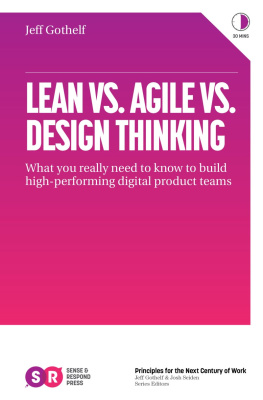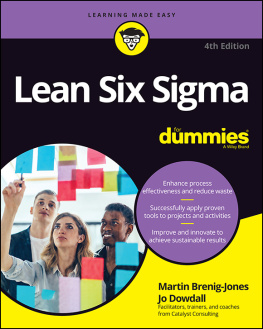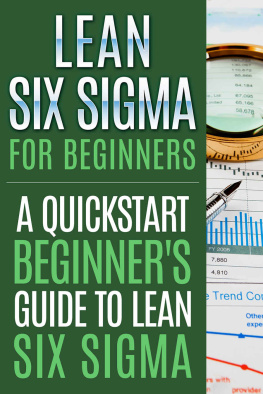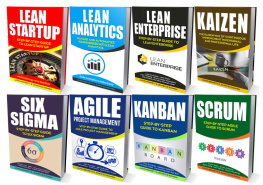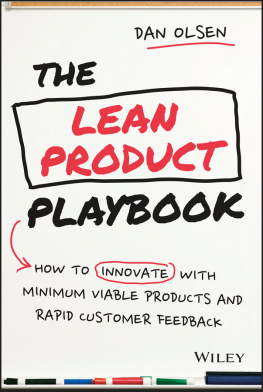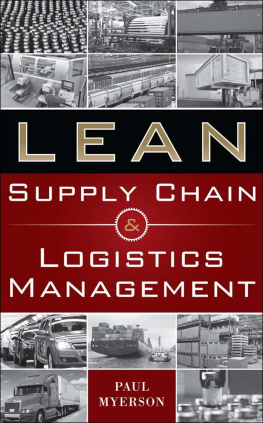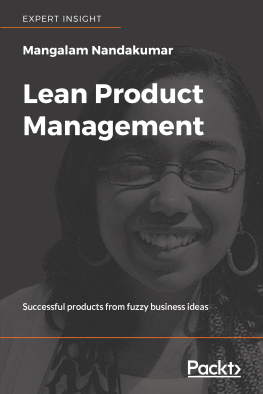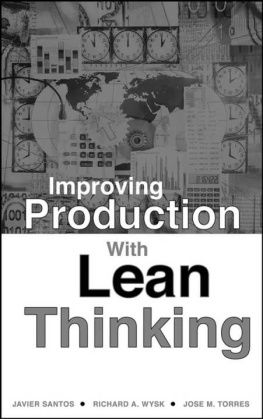Michael Grieves - Product Lifecycle Management: Driving the Next Generation of Lean Thinking
Here you can read online Michael Grieves - Product Lifecycle Management: Driving the Next Generation of Lean Thinking full text of the book (entire story) in english for free. Download pdf and epub, get meaning, cover and reviews about this ebook. year: 2005, publisher: McGraw-Hill Education, genre: Romance novel. Description of the work, (preface) as well as reviews are available. Best literature library LitArk.com created for fans of good reading and offers a wide selection of genres:
Romance novel
Science fiction
Adventure
Detective
Science
History
Home and family
Prose
Art
Politics
Computer
Non-fiction
Religion
Business
Children
Humor
Choose a favorite category and find really read worthwhile books. Enjoy immersion in the world of imagination, feel the emotions of the characters or learn something new for yourself, make an fascinating discovery.

- Book:Product Lifecycle Management: Driving the Next Generation of Lean Thinking
- Author:
- Publisher:McGraw-Hill Education
- Genre:
- Year:2005
- Rating:5 / 5
- Favourites:Add to favourites
- Your mark:
Product Lifecycle Management: Driving the Next Generation of Lean Thinking: summary, description and annotation
We offer to read an annotation, description, summary or preface (depends on what the author of the book "Product Lifecycle Management: Driving the Next Generation of Lean Thinking" wrote himself). If you haven't found the necessary information about the book — write in the comments, we will try to find it.
Product Lifecycle Management (PLM) is the newest wave in productivity. This revolutionary approach is an outcome of lean thinking; however, PLM eliminates waste and efficiency across all aspects of a products life--from design to deployment--not just in its manufacture. By using people, product information, processes, and technology to reduce wasted time, energy, and material across an organization and into the supply chain, PLM drives the next generation of lean thinking.
Now PLM pioneer Michael Grieves offers everyone from Six Sigma and lean practitioners to supply chain managers, product developers, and consultants a proven framework for adopting this information-driven approach. Product Lifecycle Management shows you how to greatly enhance your firms productivity by integrating the efforts of your entire organization.
Most companies are seeing the returns of their efforts in lean methods diminishing, as the most fruitful applications have already been addressed. Here, Grieves reveals how PLM gives you an opportunity to make improvements both within and across functional areas in order to increase agility, optimize efficiency, and reduce costs across the board. He gives you the most comprehensive view of PLM available, fully outlining its characteristics, method, and tools and helping you assess your organizational readiness.
Theres also proven examples from the field, where PLM is being widely adopted by leading companies, including General Motors, General Electric, and Dell, that are widely adopting the approach. Youll see how PLM has saved these companies billions in unnecessary costs and shaved as much as 60% off cycle times. With this book youll learn how to:
- Develop and implement your PLM strategy to support your corporate objectives
- Engage all your employees in using information to eliminate waste
- Enable improved information flow
- Better organize and utilize your intellectual capital
- Foster an environment that drives PLM
Lean manufacturing can only take your organization so far. To bring your productivity to the next level and save remarkable amounts of time, money, and resources, Product Lifecycle Management is your one-stop, hands-on guide to implementing this powerful methodology.
Michael Grieves: author's other books
Who wrote Product Lifecycle Management: Driving the Next Generation of Lean Thinking? Find out the surname, the name of the author of the book and a list of all author's works by series.

